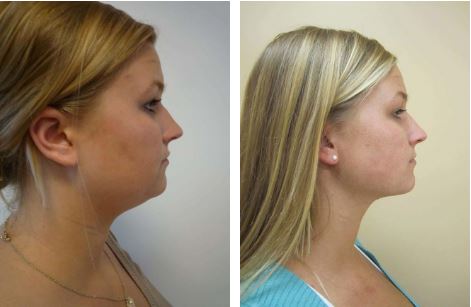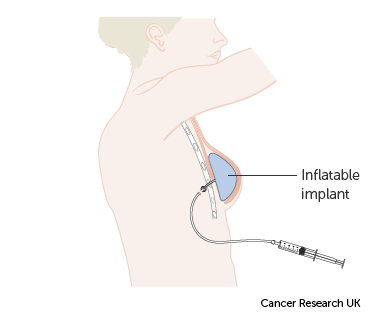
If you're considering a brow lift, but are concerned about the cost, consider getting a nonsurgical procedure instead. These procedures are also called browlifts and take about an hour. Not only is it important to know the price, but also the recovery process and potential complications. And if you're willing to travel abroad for the surgery, you may want to find a clinic that is accredited by the Joint Commission International (JCI).
Non-surgical brow lifts: What is the cost?
A nonsurgical brow lift is much cheaper than surgery, but there are some factors to consider when comparing the two. You might be surprised at how much a well-respected surgeon charges for their services. You could end up with an unattractive look, resulting in more surgeries and higher costs. The risk of a cheaper procedure can also make it more expensive. Revision surgery could be required, which could result in additional costs.
There are two methods to estimate the cost of nonsurgical browlifts. Budget more if your plan is to not wear makeup after the procedure. There are additional costs beyond the actual procedure. These include the cost for pre- and/or post-operative treatment. These include any medications or supplies you may need, as well any missed work and recovery. Insurance might not cover a hybrid procedure.

Recovery time after brow lifting
The specific procedure will determine the recovery time. For the first two weeks, avoid strenuous activities. During this period, you might feel able to take short walks or do light housework. You should also avoid smoking and alcohol for at least 2 weeks. The swelling and bruising that occurs after surgery will subside within two to three weeks. Warm compresses are also an option to reduce swelling.
Recovery times for a full brow lift vary. It is important to understand that the procedure may cause an elevated hairline and hair loss near the incision site. This issue can be addressed by your surgeon using scar removal or hair grafting. Anesthesia can cause bleeding, infection, or adverse reactions. Brow lifts are not recommended for everyone. Before you undergo the procedure, it is important to fully inform your surgeon about your medical history. Your doctor might prescribe anti-inflammatories and non-opioid pain medications. A drain tube may be placed following the procedure.
Brow lift complications
The recovery time from brow lift surgery depends on the method used and whether additional procedures are done. Patients may experience some bruises and bruising. This will likely disappear within two to 3 weeks. You can shower on the day of surgery. A hair conditioner can be applied to the area to minimize the risk of having matted hair. Light exercise may also be allowed. Patients can begin light exercises up to three weeks after their procedure. You can resume more vigorous activity in the fourth week.
The brow lift procedure is done with a general anesthesia or intravenous sedation, also known as twilight sedation. The surgeon will make incisions where necessary along the brow line, brow bone, and raise the skin and deep layers to the forehead. A scar is typically present after a brow lift operation, but it should be invisible once the hair has recovered. Scarring has always been a concern for brow lifts.

Traveling abroad for brow lift surgery
Traveling abroad can be a great option when you are looking for the best surgeon to perform a brow lift. The procedure is very safe and has a 92% success ratio. Although there are some risks, patients who wish to have cosmetic enhancements done on their face and brows abroad can do so safely. Listed below are some of the advantages of traveling abroad for brow lift surgery.
The most common side effects of brow lift surgery are bruising, swelling, and scarring. Revision surgery may also be required due to risks like infection, nerve damage, and facial imbalance. If you have any questions or concerns about the procedure, talk to your doctor or surgeon's staff. Patients will experience swelling and bruising for two weeks after surgery. Patients may experience an increase in hair loss around the incisions, as well as a loss of sensation near the surgery area.